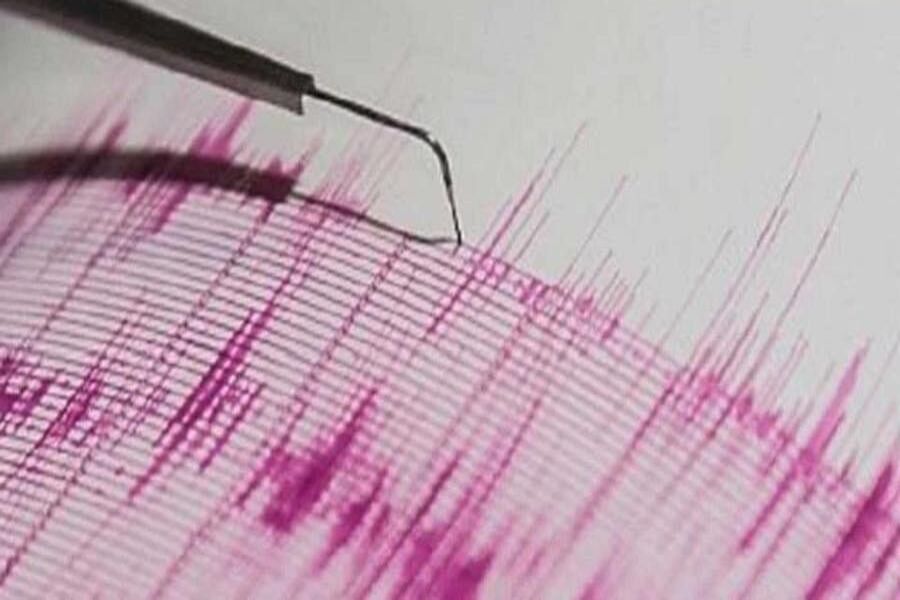
Overview
Seismic waves are produced when some form of energy stored in Earth’s crust is suddenly released. Passage of seismic waves through Earth’s rocks causes sudden shake of the ground and can have catastrophic consequence. Earthquakes occur near at the fringes of the huge tectonic plates or narrow zones where rock masses can move in relation to one another.
An earthquake early warning (EEW) system is a series of procedures that detects significant earthquakes quickly so that people from affected area can be evacuated in order to avoid losses of lives and resources. Earthquake early warning (EEW) systems use science and the technology related to earthquake to monitor, the earthquake waves and to send alert signals to devices and people when shaking waves generated by an earthquake that is expected to arrive at any location. Now days Smart phones are being used to detect the ground shaking induced by an earthquake and a warning is issued as soon as an earthquake is detected.
With the evolution of science the understanding of the natural hazards that trigger disasters has become clearer, and with the deployment of improved sensors along with faster communication devices to transmit the data has improvement of early warning systems a great deal. Even a few seconds of warning before the earthquake can help:
- Citizens, including schoolchildren, drop, cover, and hold on, turn off stoves, safely stops vehicles.
- Businesses Personnel move to safe locations, automated systems ensure elevators doors open, production lines are shut down, and sensitive equipment is placed in a safe mode.
- Surgeons, dentists, and others stop delicate procedures.
- Open firehouse doors, personnel prepare and prioritize response decisions.
- To protect power stations and grid facilities from strong shaking.
- Slowing trains to prevent derailment.
- Stopping elevators at the nearest floor and opening their doors.
- Opening firehouse doors so they are not stuck shut.
- Throttling water utility valves to prevent emptying of reservoirs.
- Activating backup generators at hospitals to ensure continued service.
Steps for early warning system for earthquake:
- During an earthquake, several types of seismic waves get radiated from the epicenter. These signals transmitted to data processing centers.
- Algorithms quickly estimate the location, magnitude, and intensity of the earthquake.
- The system then sends an alert before the waves shakes the ground.
Features of an early warning system for earthquake:
An early warning system for earthquake basically requires a network of a large number of strong motion seismic stations, distributed around the earthquake prone areas, a real-time central processing station, warning and earthquake parameter estimation algorithms, a warning broadcast capability. The number and distribution of sensors near the major faults and population centers of an earthquake-prone area that will determine the facility that gives maximum warning.
Fundamental components:
Seismic stations:
Individual seismic stations in the network must monitor the real-time estimation of earthquake location, size, and origin time. Estimation of the earthquake size is crucial for an effective early warning system for earthquake.
Communication:
A dedicated real-time communication system is the most costly component of the early warning system for earthquake. It consists of radio telemetry (VHF or UHF), telephone lease lines and/or microwave links, and satellite communications. The installation cost, existing infrastructure, maintenance cost, dependability, and survivability of the system depend on the choice of equipments.
Central station and algorithms:
Early warning system for earthquake acquires the incoming real-time strong motion network data for real-time analysis by the central processing unit (CPU). After that a detector algorithm can monitor the level of the strong motion signals as the data are buffered in memory. When the threshold level is exceeded few algorithms are being applied to all data channels to get the estimation of the magnitude of the earthquake.
Warning signal:
There are several ways to send the Early warning system for earthquake supplied warning signal to the user.
The warning can be a simple one-stage alert or a relatively sophisticated packet of information that contains estimates of location, origin time, magnitude, and reliability.
These informations can be rapidly updated as the earthquake evolves and more information is obtained by the Early warning system for earthquake.
For the users it would be best if they get both types of signals.
Users and user processing:
There are a large number of potential users of an early warning system for earthquake. With a few seconds to a few tens of seconds warning, a lot of areas get prepared of the upcoming earthquake.
Power plants, power distribution centers, refineries, factories, computers, and disk drives, Airport , hospitals, trains , Fire station , emergency generators turned on and emergency services deployed. Then finally audio alarms can alert people they get enough time to move to a safer location in the immediate area.
Survivability:
The survivability of an early warning system for earthquake as a whole will be driven by its components
Seismic stations.
- central station and warning broadcast
Application:
Power plants
power distribution centers
Refineries
Factories
Computers
Disk drives
Airport
Hospitals
Trains
Fire station
Business organizations
